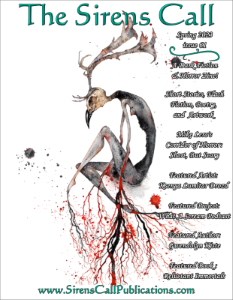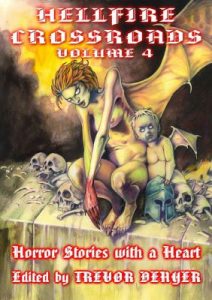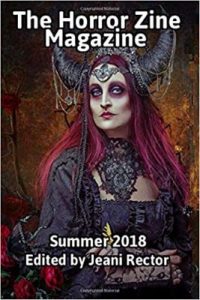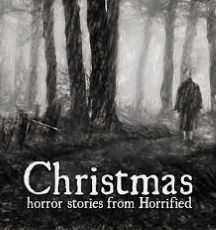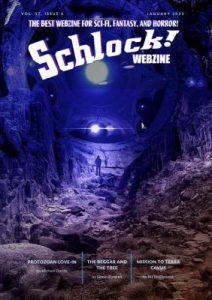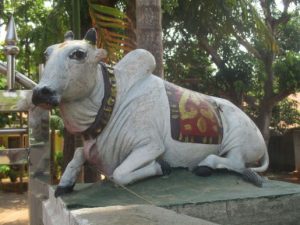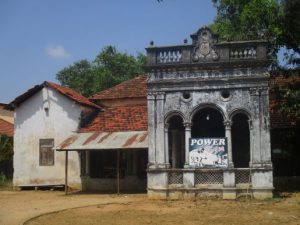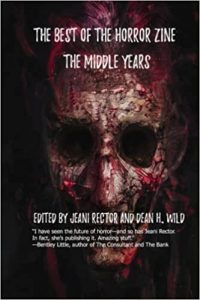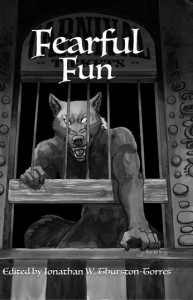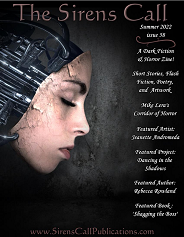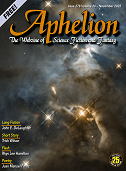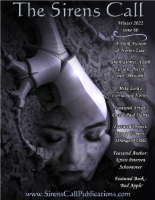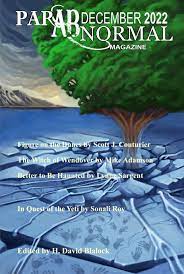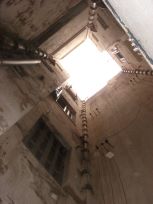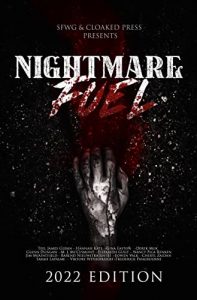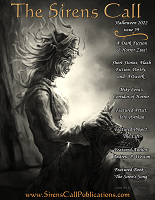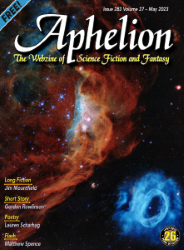
© Aphelion
Ask me to name my favourite band of all time and four days of the week I’ll say the Rolling Stones, at least during their 1969-1974 period when they had Mick Taylor playing guitar with them. (If you ask me on the other three days of the week, I’ll say the Jesus and Mary Chain.)
Though nowadays the Rolling Stones are most likely to evoke an affectionate chuckle from all and sundry, usually due to the lovable antics and anecdotes of Mr Keith Richards – Keef falling out of a palm tree in Fiji and needing emergency surgery for the acute cerebral hematoma he incurred, Keef smoking some of his recently deceased and cremated dad’s ashes in a spliff, Keef spilling the beans about Mick Jagger’s ‘tiny todger’ – there was a time when some very dark stuff indeed seemed to swirl around the band.
This dark stuff included the mysterious (and conspiracy-theory-laden) death of the Stones’ original lead guitarist Brian Jones, who was found drowned in his swimming pool in July 1969… The band’s headlining of the ill-fated Altamont Speedway Free Festival in December of the same year, which saw the Hells Angels who’d been hired to act as concert security stab someone to death in the crowd… Jagger’s involvement with Performance (1970), Nicolas Roeg and Donald Cammell’s dark, sleazy, druggy and violent movie about decadent rock stars and Kray Brothers-style gangsters, which so affected Jagger’s co-star James Fox that afterwards he took a decade-long hiatus from acting and became an evangelical Christian (though, alas, more horror was in store for poor old James, because in 1978 he fathered the idiotic far-right-wing nincompoop Laurence Fox)… The band’s fondness for referencing Auld Nick when titling albums, such as Their Satanic Majesties Request (1967) and Goat’s Head Soup (1973), and songs, such as Sympathy for the Devil (1968) and Dancing with Mr D (1973)… And generally, the whole image the band cultivated during the late 1960s and early 1970s. of outrage, hysteria, decadence, heroin, cocaine, Jack Daniels, groupies, partying, dabbling in the occult and doing naughty things with Mars Bars.
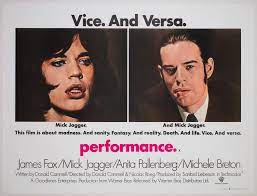
© Goodtimes Enterprises / Warner Brothers
Since I write horror stories, under the nom de plume Jim Mountfield, I’d always wanted to pen a macabre tale about the Rolling Stones during their young, hedonistic and scary days. Well, I’m pleased to announce that I’ve finally managed to do so and the result, a 12000-word story called The Lost Stones, has just been published in the long-fiction section of the May 2023 edition of the ezine Aphelion.
Okay, it’s not quite about the Stones themselves – it’s about a mysterious cover band called the Lost Stones, who bear an uncanny resemblance to the real Stones in their youth, when Brian Jones was still alive and part of their line-up. And the Lost Stones’ post-gig parties are really not events you want to get invited to…
I had a lot of fun writing The Lost Stones, especially as I managed to set the story in Sapporo, the main city of Japan’s northernmost island and prefecture Hokkaido, where I spent five very happy years during the 1990s.
Furthermore, I was able to mix into the story some folklore from North Africa. The Maghreb, i.e., Arab and Berber North Africa, is another place where I’ve lived, from 2009 to 2013. The Stones have a connection with that region because of their hook-up in the late 1960s with the Sufi-music-playing group the Master Musicians of Joujouka, who are based in the Rif Mountains of Morocco. Brian Jones was particularly enthusiastic about the Master Musicians and an album he produced of their music, Brian Jones Presents the Pipes of Pan at Joujouka, is fascinatingly trippy.
The main page of Aphelion is available here and, until early June, Jim Mountfield’s story The Lost Stones can be accessed here.
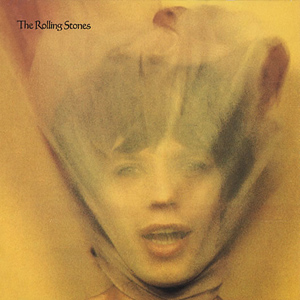
© Rolling Stones

